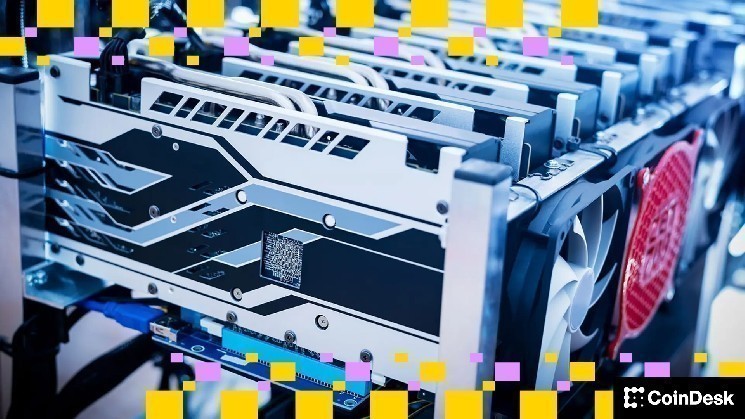JPMorgan (JPM) said in a report on Monday that the Bitcoin network’s hash rate hit an all-time high in October.
According to the report, the network’s average monthly hashrate increased by 5% to 1,082 exahashes per second (EH/s).
Hashrate refers to the total computational power used to mine and process transactions on a proof-of-work blockchain, and represents industry competition and mining difficulty.
Analysts Reginald Smith and Charles Pearce wrote that as of late last month, “mining difficulty was 3% higher than it was at the end of September and 80% higher than the difficulty heading into the most recent halving.” The halving, during which the rewards allocated for adding blocks to the blockchain will be reduced by 50%, took place in April 2024.
The mining economy was under pressure for the third straight month, the report said.
Analysts at the bank estimated that daily block reward income for miners averaged $48,000 per EH/s in October, 3% less than in September. Daily block reward gross profit decreased by 4%.
The market capitalization of the 14 U.S.-listed mining companies tracked by the bank rose $14 billion, or 25%, last month to $70 billion. The move was driven by the announcement of high-performance computing (HPC) and enthusiasm for the sector’s transformation to AI.
Cyper Mining (CIFR) outperformed the group, gaining 48% last month, while Cango (CANG) underperformed, down 5%, analysts said. The company was the only mining company targeted and fared worse than Bitcoin, which fell 3.9%.
read more: Bitcoin miners sit on prime power assets as AI pivot accelerates: Canaccord


